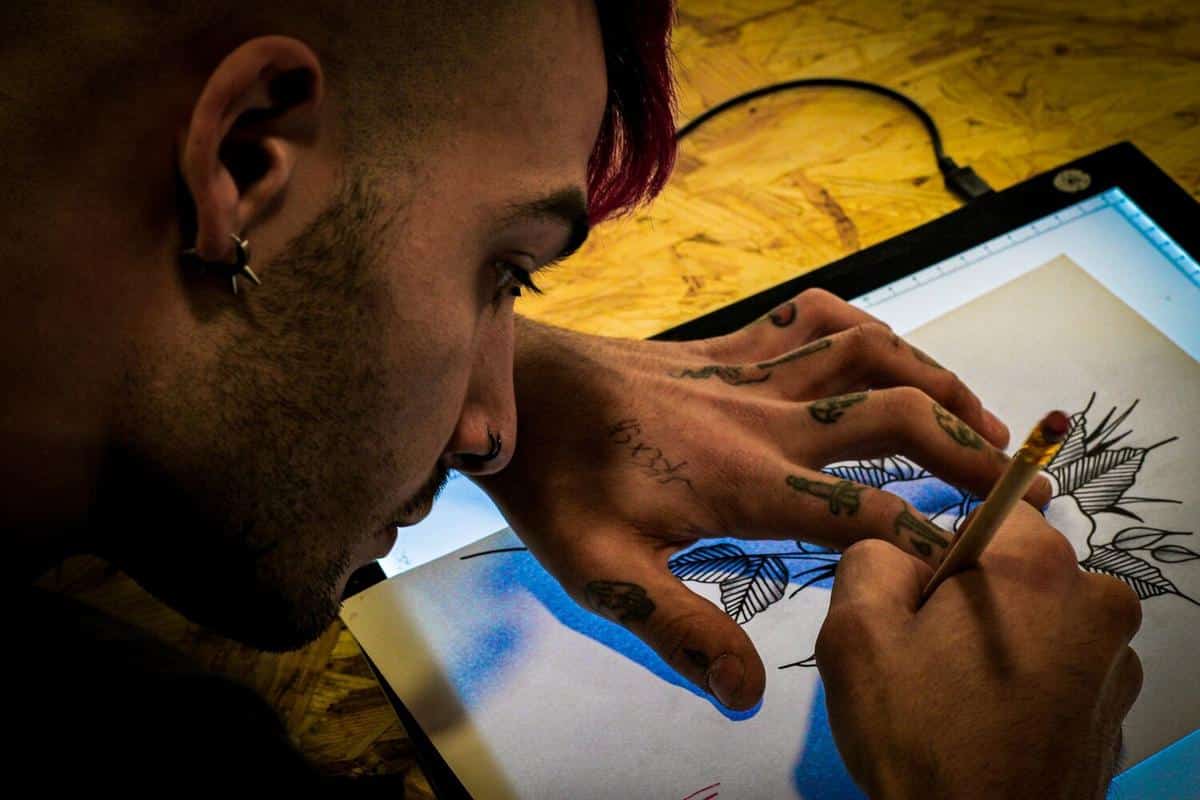
From Concept to Screen: The Process of Digital Art Creation
Digital art has transcended traditional boundaries, offering a dynamic platform for creative expression. As technology evolves, so does the process of bringing digital art from concept to screen. This article explores the journey of digital art creation, offering insights, expert opinions, and practical advice for artists navigating this vibrant landscape.
The Evolution of Digital Art
Digital art began as a niche field but has grown into a major form of creative expression. According to a 2022 report by Art Basel and UBS, the digital art market saw a 115% increase in sales, reflecting its growing popularity.
Expert Insights
Renowned digital artist and educator, Lisa Smith, emphasizes the importance of mastering software tools. “The right tools can elevate your art, allowing you to express complex ideas with precision,” she notes. Her work, featured in various international exhibitions, underscores the integration of technology and creativity.
From Concept to Creation
The journey of digital art starts with a concept. Artists often draw inspiration from their surroundings or personal experiences. For instance, Alex, a digital illustrator, describes his process: “I start with a rough sketch, often on paper, before moving to digital platforms for refinement.” This transition from traditional to digital mediums is crucial in maintaining the authenticity of original ideas.
Tools of the Trade
Choosing the right software and hardware is pivotal. Programs like Adobe Photoshop and Corel Painter offer diverse functionalities, catering to different artistic needs. Here’s a comparison table:
| Software | Strengths | Weaknesses |
|---|---|---|
| Adobe Photoshop | Comprehensive editing tools | Steep learning curve |
| Corel Painter | Natural media emulation | Resource-intensive |
| Procreate | User-friendly interface | iOS exclusive |
| Krita | Open-source and free | Limited customer support |
| Clip Studio Paint | Excellent for comics | Subscription model |
| ArtRage | Realistic painting experience | Limited feature set |
| Affinity Photo | Affordable one-time purchase | Fewer tutorials available |
| GIMP | Free and open source | Less intuitive interface |
Bringing Art to Life
Once the concept is digital, artists focus on refining and adding layers of detail. Techniques such as layering, texturing, and lighting play significant roles in transforming a flat image into a captivating piece of art.
Sharing and Selling Digital Art
Platforms like DeviantArt and ArtStation provide artists with avenues to showcase their work. Additionally, NFT marketplaces have revolutionized how digital art is sold, offering new opportunities for artists to monetize their creations.
FAQs
What is the best software for beginners?
Procreate and Krita are excellent choices for beginners due to their intuitive interfaces and cost-effectiveness.
How can I improve my digital art skills?
Regular practice, online tutorials, and joining art communities can enhance your skills and provide valuable feedback.
Conclusion
Digital art creation is a multifaceted process that blends creativity with technology. By understanding the tools, techniques, and platforms available, artists can effectively bring their visions to life. Whether you’re a novice or a seasoned artist, the journey from concept to screen is an exciting exploration of innovation and imagination. For more resources, visit Creative Bloq for the latest digital art trends and tips.